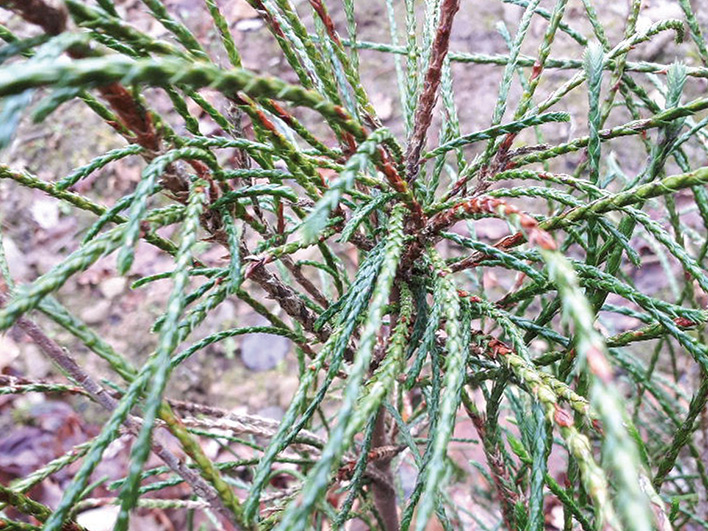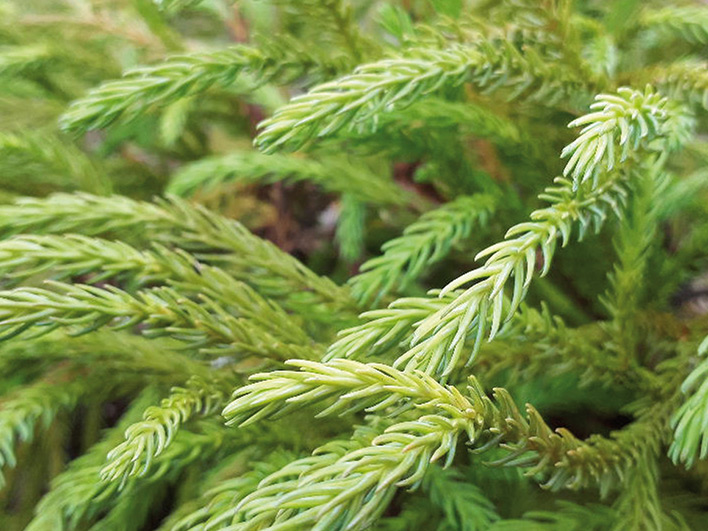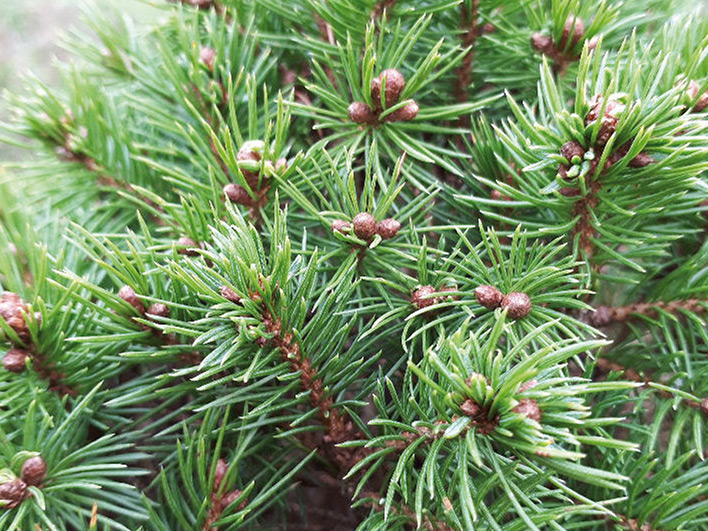Cottage Gardens
January is a time to see the bare bones/structure of your garden and to assess what can be done to improve things.
For winter interest a few small evergreens introduced can add shape, colour and texture. Avoid large, fast-growing conifers as sunlight is at a premium this time of year, and they could eventually shade a large part if not all of your garden, as well as making it very difficult to grow other plants nearby.
Here are some very slow-growing, interestingly shaped conifers I am planting in a new area of my garden. I know they are definitely slow-growing as I used these plants a good number of years ago in our RHS, Cardiff Show exhibits and they have grown very little since then. These are not the miniature conifers suitable for alpine troughs and sinks, but on the other hand, should not exceed 1.5m/2m high for 10 years so are very suitable for use in a mixed border.
Picea Glauca Albertiana ‘Conica’ AGM
A neat, tight, conical shape with mini green pine needles it is always popular. In my parents’ garden, slow-worms used to love to coil round the top and sunbathe in the warmer months of the year.
Thuja Plicata ‘Whipcord’
Unlike other Thujas this is small and slow-growing with very unusual dark green foliage comprising arching strands looking like yes, you’ve guessed it — whipcord or some have said ‘dreadlocks’. It may sometimes go bronze in the winter. One way to tell a Thuja from other conifers is to crush the foliage, it smells of fruit.
Cryptomeria Japonica Globosa ‘Nana’
A good compact round green conifer apparently discovered in 1923 in Japan. The needles/scales are curved and inward pointing. This again may bronze up in winter conditions.
Cryptomeria Japonica ‘Compressa’
Bred in Japan in the early 1940s it is a very compact, dark green almost glossy conifer forming a small upright oval shape.
Cryptomeria Japonica ‘Spiralis’ AGM
Also known as ‘Grannies Ringlets’ is a strange looking dome-shaped mound of green granny’s ringlets. Can be judiciously pruned to keep to a neat shape, if required.
All the Cryptomerias prefer a sheltered site which is not too dry.
For extra winter colour add in some Cornus with coloured bark e.g. Cornus alba ‘Elegantissima’ AGM (red winter bark, variegated foliage), Cornus alba ‘Sibirica’ AGM (red winter bark, green leaves, autumn colour), Cornus sericea ‘Flaviramea’ AGM (lime green winter bark, green leaves, autumn colour) and Cornus sanguinea ‘Midwinter Fire’ (yellow/orange/red winter bark). Your garden should then look good in winter for very many years to come. All the Cornus should be allowed to settle in for a couple of years before being pruned annually late March/early April.
January Tips:
01. Browse the seed catalogues & get your order in before the Spring rush.
02. Continue feeding the birds & wash their feeders regularly to avoid disease.
03. Get nest boxes up now so the birds can get used to them.
Norman Jenkins
Bordervale Plants, Ystradowen, Cowbridge, CF71 7SX
01446 774036
Back to Readers CornerWe know our patients read the Village Directory, their feedback tells us that many use it as a valuable reference point for all local services and phone numbers as well as a great monthly read. We have found it invaluable in ensuring our name is seen — Kathryn LowryDavies & Lowry Optometrists


